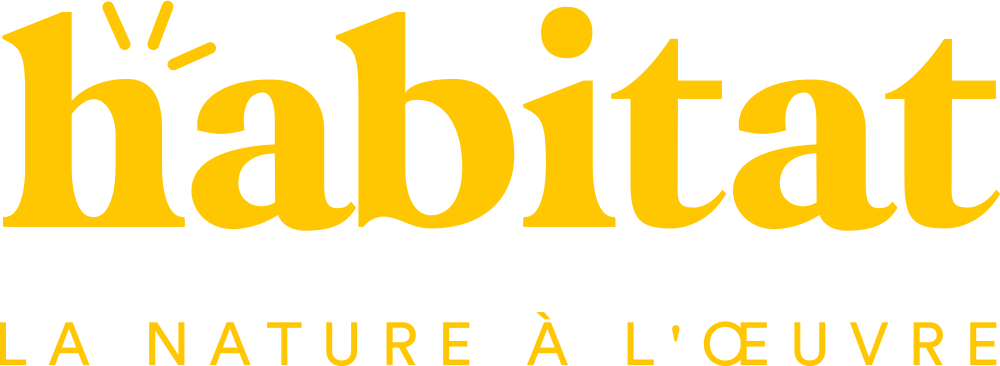ReConnect
Tool Description
The ReConnect tool is an analytical framework developed to calculate a set of key patch- and landscape-level connectivity indicators across large landscapes. These indicators were selected by Oehri et al. (2024) to support countries and subnational reporting on progress towards goals in the Kunming-Montreal Global Biodiversity Framework and assess change in connectivity of landscapes through time. The tool uses a moving window approach to calculate species-specific connectivity across large landscapes from high resolution (10-30m) land-use layers in combination with species habitat requirements and movement capacities. Specifically, the ReConnect tool allows for the estimation of the following indicators, for a given species with known habitat needs and gap crossing distances:
Equivalent Connected Area (Saura et al. 2017) and its derivative ECA-AP (fraction of equivalently connected habitat area)
Meta-population capacity (Hanski & ovaskainen 2001) and its derivative MPC-Imp (MPC relative patch importance)
Betweenness Centrality (Albert et al 2017)
Node Degree (Minor & Urban 2008)
Total habitat area
Patch area
This model makes it possible to assess a large territory in terms of its capacity to support populations of certain species and enable conservation targets to be met, such as the 30% target for protection of the territory by 2030 as adopted in December 2022 at COP15. The tool is available based on request in the form of an R-language package.
Tool Request Form
Referencing the tool
Oehri, J., Wood, S.L.R, Touratier, E., Leung, B. and A. Gonzalez (2024, ). Rapid Evolution of habitat connectivity change to safeguard multi-species persistence in human transformed landscapes. Biodiversity Conservation.
Notification
The code provided has been prepared for use by internal research activities at Habitat by Dr. Jacqueline Oerhri (author of the tool) and with the financial support of Environment and Climate change Canada (ECCC)
The code is a result of a collaboration between Habitat and McGill University through the Mitacs Acceleration program and is made available here for the purposes of further research.
Habitat does not accept any liability whatsoever for any error, missing code or omission in the code, or for any loss or damage arising from its use. Habitat agrees to provide the code free of chage, but is not bound to justify the content and values contained within.
Habitat reserves all rights and permissions over the code, however grants permission to use the code on the condition that, under NO CIRCUMSTANCES is the code to be passed to third parties, nor can it be used for any commercial gain or commercial purpose.
The code may be modified and/or adapted by the recipient, but not redistributed.
The user agrees to:
make proper reference to the source of the code when dessiminating results to which this agreement relates;
participate in the validation and verfication of the code (e.g. by noting and reporting any errors or ommisions discovered)

